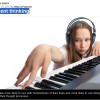
Divergent Thinking
How to Practice Divergent Thinking Art, Who we are, Education, Spirituality, Mindfulness, Power of Mind, Self Development Course, default, meditationDivergent Thinking as an Essence of Creativity
Free Mind
Divergent thinking is essential for creativity and for What is creativity?. It is the ability to see lots of possible ways to interpret a question and lots of possible answers to it.
It is a thought process used to generate creative ideas by exploring many possibilities. Instead of taking obvious steps and walking along a straight line, one looks at different aspects of the situation, creating different results.
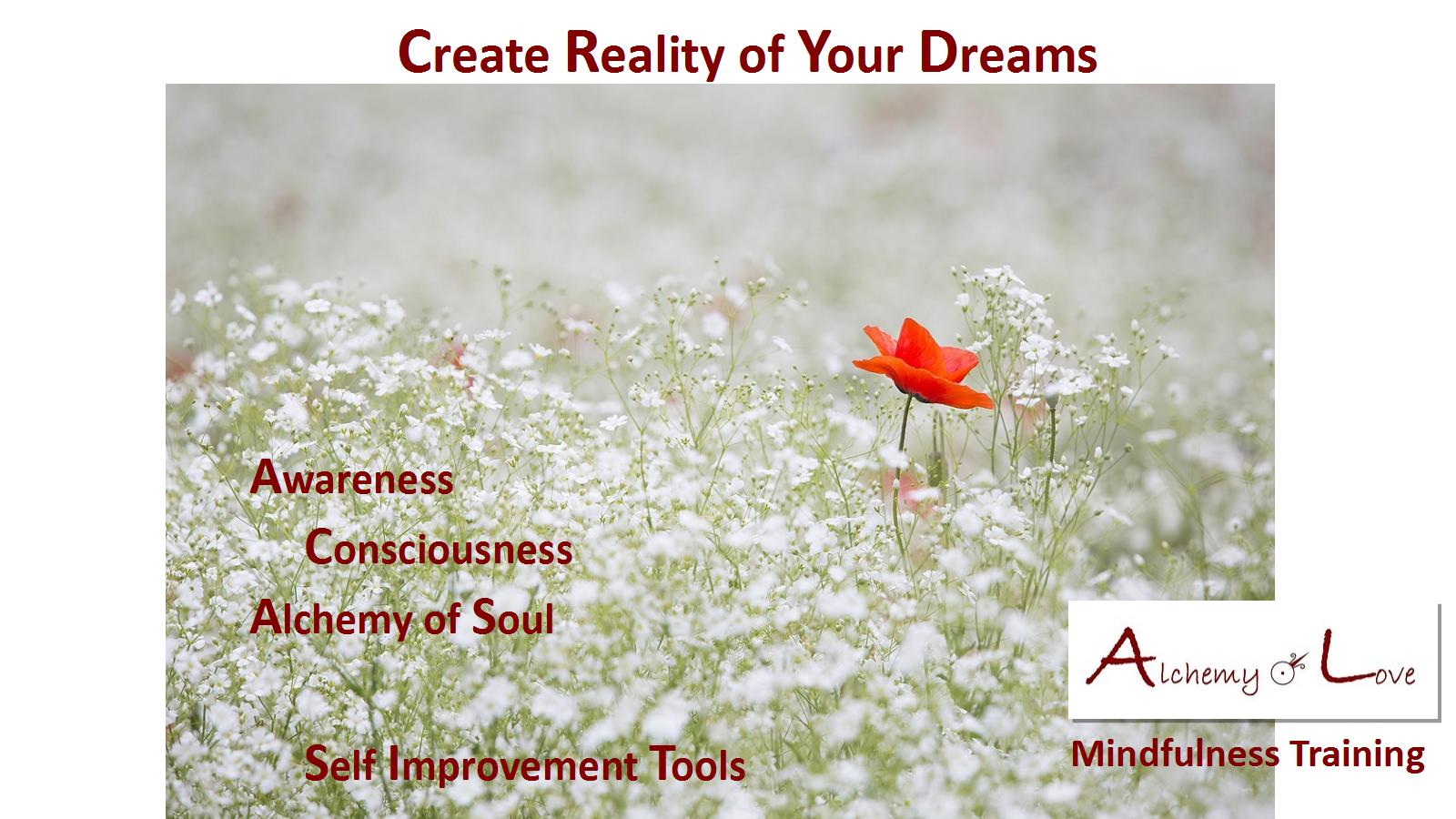
Divergent thinking is often used as a parallel of convergent thinking that follows a particular set of logical steps to arrive at one solution. All standardised tests stipulate this type of thinking.
How to Practice Divergent Thinking
Learning Diverent Thinking
In their book
Breakpoint and Beyond, George Land and Beth Jarman
describe a longitudinal study they conducted on 1,600 kindergarden children aged three to five. They gave them eight tests on divergent thinking and an astonishing 98 per cent of the children scored within the creative genius category.
Five years later, they re-tested the same children, now aged eight to 10 and only 32 per cent scored in the creative genius category. Five years later only 10 per cent of the children scored in this category. In tests of over 200,000 adults over 25, only two per cent scored enough to be classified as creative geniuses.
Divergent thinking tests measure an individual’s ability to generate multiple approaches to solving a problem. The tests typically use simple questions such as: what are the uses for a flower pot?
An average person would have 10 to 15 answers to this question. A genius of divergent thinking would come up with a hundred possible answers, and they do this by changing the concepts of already existing thinking – can the flower pot be 10 metres wide, or can it be made of rubber, and so forth.
So what really happens with the universal mental capability to think divergently? What happened to those 160,000 children during their school years?
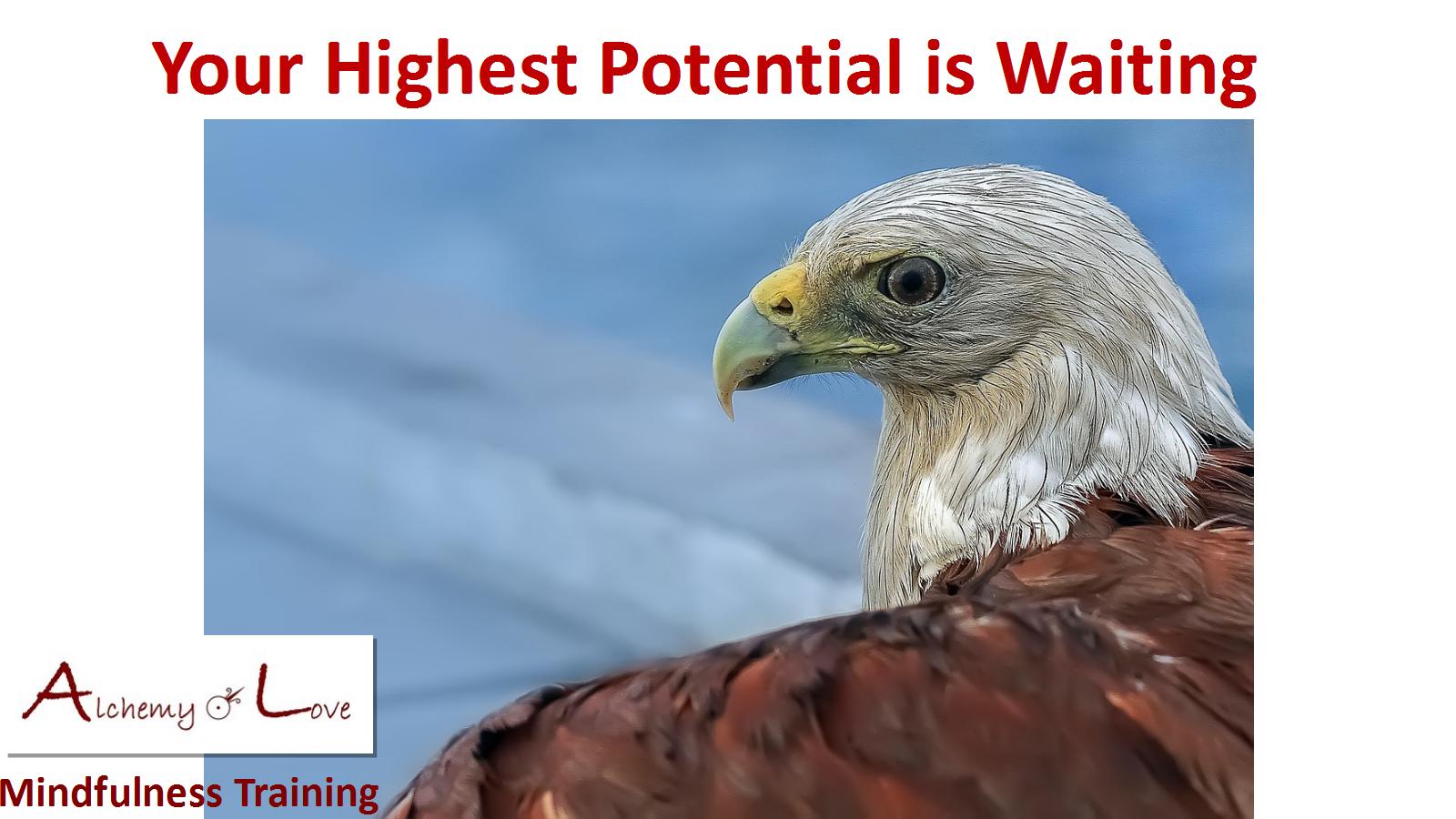
Classic Schools Educationa Models and Divergent Thinking
The classic school model encourages students to adopt fixed mental models of how things work, discouraging creative thinking and problem solving. Mastering other people’s mental models seems to kill an individual’s ability to think divergently and wonder creatively.
We are all born with this capacity to think creatively but during the years of schooling, this capability deteriorates drastically.
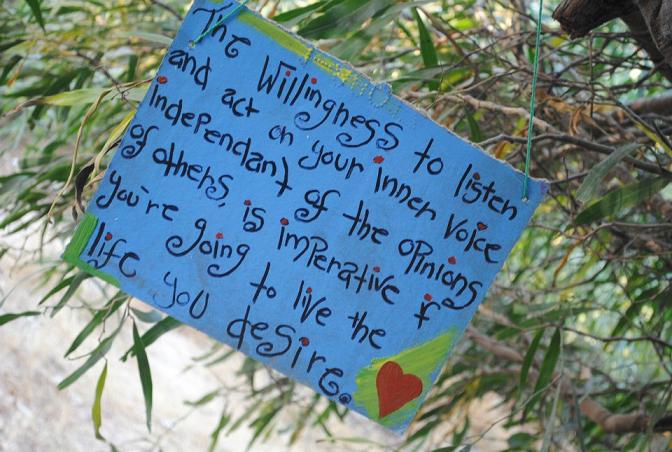
Divergent Thinking, Brain and Learning Environments
The brain is a highly complex organ. The neocortex is the largest portion of the human brain. The majority of complex thought occurs in this part of the brain. Research proves that the neocortex does not function properly when people are under stress or afraid.
The classroom environment has to be safe place for students to experiment, make mistakes and take risks. The environment has to be safe to fail, revise and try again.
Divergent Thinking and Right Brain vs. Left Brain video
The brain also has two distinct hemispheres, left brain versus right brain. According to the theory of left-brain or right-brain dominance, a person who is ‘left-brained’ is said to be more logical, and analytical, while a person who is ‘right-brained’ is more intuitive, thoughtful and creative.
To fully develop both hemispheres of the brain, it is important to vary thought processes so that children use both convergent and divergent thinking, both the linear, and the creative thought processes.
Divergent thinking is mostly found among people who are curious, willing to take risks, and persistent. Research shows that musicians are more likely to use both hemispheres of their brain and more likely to use divergent thinking in their thought processes.
How to Be a Divergent Thinker, Divergent Activities
This set of Activities that promote divergent thinking are a part of our AoL Mindfulness Training. The 12 module courses Mindful Being and Conscious Parenting explore the tools to nurture creativity, understand mind powers and work with body, mind and soul. To become a Diverget Thinker, we suggest:
• Learning how to ask questions;
• Learning how to think and meditate – students are allowed to think and explore their own learning patterns, and to invent new ones, students are given time and space for reflection;
• Creating bridges to abstract concepts using common experiences, experiments and experiential learning. Teachers should not separate learning from life; they need to find ways to use nature as a learning setting;
• Brainstorming can be used as a tool that generates a series of random associations, stimulating creative processes;
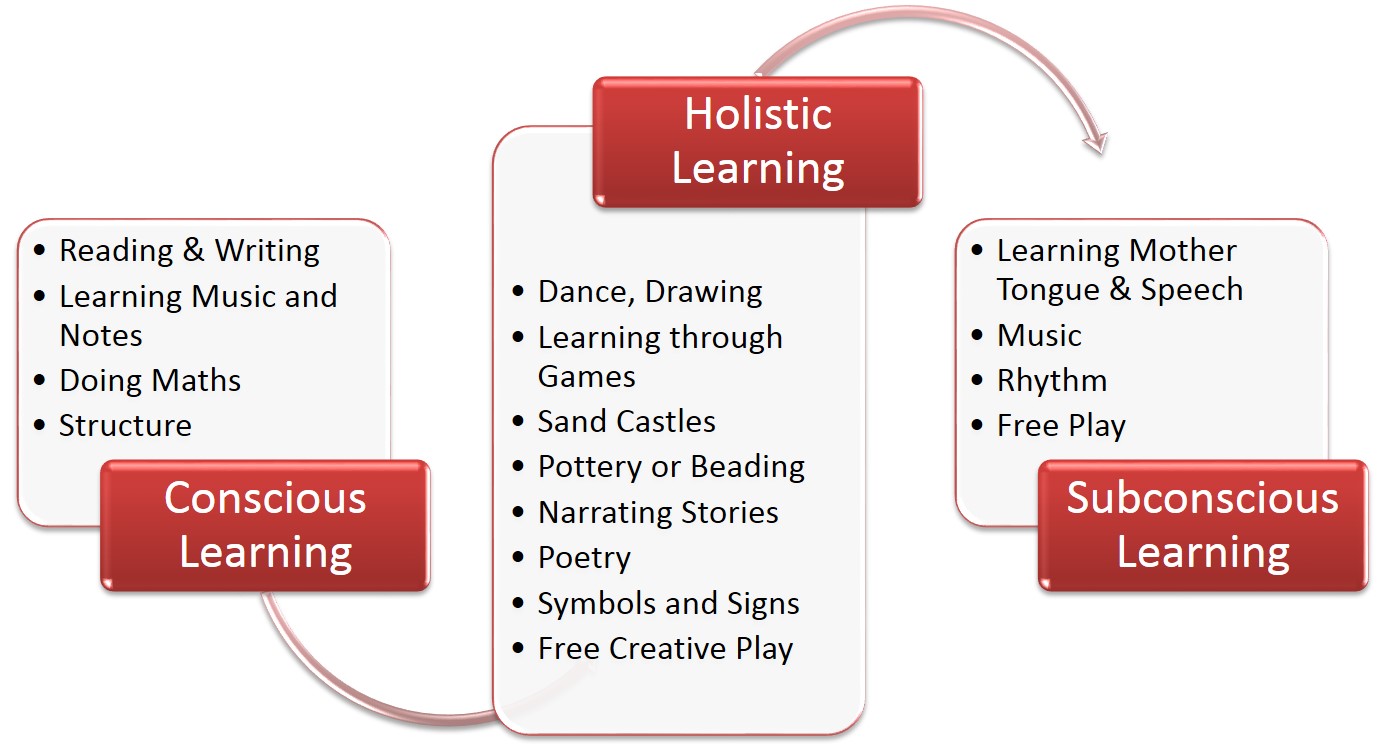
• Working in collaboration with others – at individual levels, competition frequently kills creativity; working in a group stimulates brain activities. Tables and desks should be grouped together;
• Making students create stage sets where they can act out scenes from books they would have read or act out a dialogue between historical figures, analysing a scene through the eyes of many different spectators;
• Using creative writing – writing anything that comes to mind about the given subject;
• Utilising both music and art: learning acting with its scenography, filming with its editing, and perspective, drawing and painting with mixing colours and mastering the emotions versus shades or shapes, dancing and its choreography, sculpting, photography with its framing and lighting;
• Practising sport – working with tactics, movements and techniques, and teamwork;
• Creating rich, stimulating environments using materials created by student. Changing displays regularly to provide a stimulating environment for brain development.
Children Development and Divergent Thinking for Creativity Video
This article is an excerpt of the AoL Mindfulness Book #7 Conscious Creativity Mindfulness Meditations and it was for the first time published in Sunday Times.
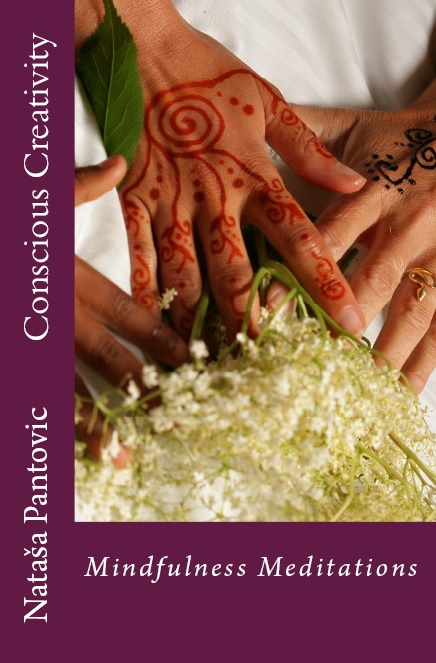
You might also enjoy:
How Mindfulness can Help in Divergent Thinking
Mindfulness is at the heart of many meditations. Mindfulness works with continuous awareness of the body posture and breath; of the feelings, of the thoughts, intentions, images, and of the mental objects that appear during the meditation. Read more






Divergent Thinking No comments on Divergent Thinking: